Citizenship British Fields Archaeology Role Archaeologist | Name Aurel Stein Influences Xuanzang; Sven Hedin Awards Founder's Gold Medal | |
Born Stein Mark Aurel26 November 1862Budapest ( 1862-11-26 ) Nationality Hungarian (birth)/British (naturalised) Died October 26, 1943, Kabul, Afghanistan Books Innermost Asia, Ruins of desert Cathay, Ancient Khotan, On Ancient Central Asian Tra, Sand‑buried Ruins of Khotan: P Similar Paul Pelliot, Sven Hedin, Susan Whitfield | ||
Aurel stein s grave british cemetery kabul afghanistan by william nowik
Sir Marc Aurel Stein, KCIE, FRAS, FBA (Hungarian: Stein Márk Aurél) (26 November 1862 – 26 October 1943) was a Hungarian-British archaeologist, primarily known for his explorations and archaeological discoveries in Central Asia. He was also a professor at Indian universities.
Contents
- Aurel stein s grave british cemetery kabul afghanistan by william nowik
- Aurel stein hallazgo y dispersi n de la biblioteca de dunhuang
- Early life
- Expeditions
- Great Game
- Honours
- Publications
- References
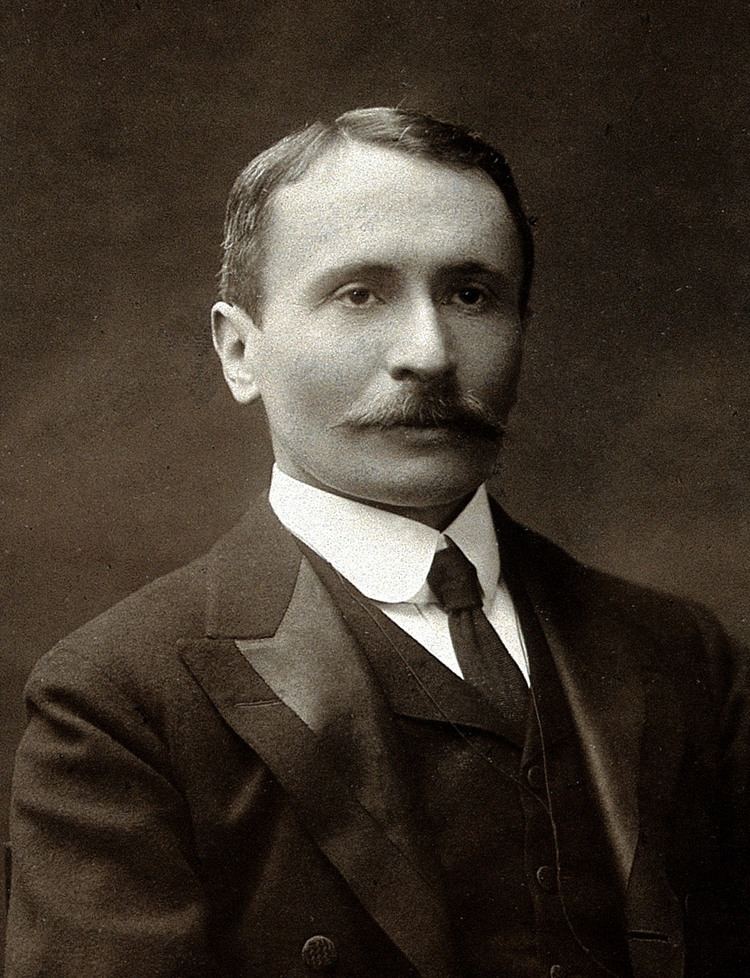
Stein was also an ethnographer, geographer, linguist and surveyor. His collection of books and manuscripts taken from Dunhuang caves is important for the study of the history of Central Asia and the art and literature of Buddhism. He wrote several volumes on his expeditions and discoveries which include Ancient Khotan, Serindia and Innermost Asia.
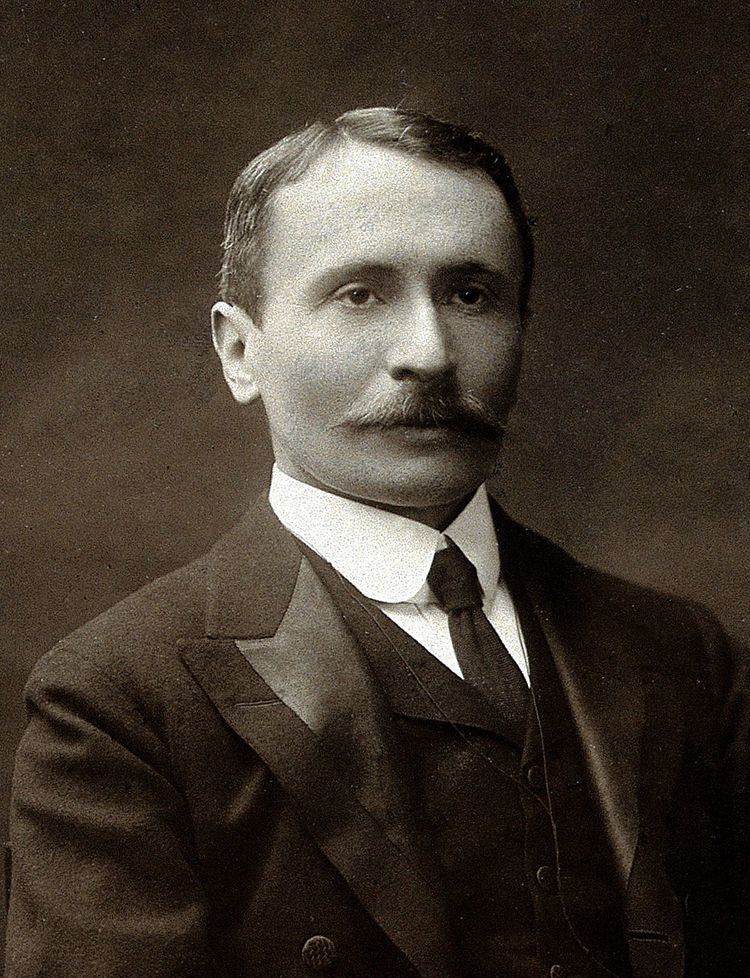
Aurel stein hallazgo y dispersi n de la biblioteca de dunhuang
Early life
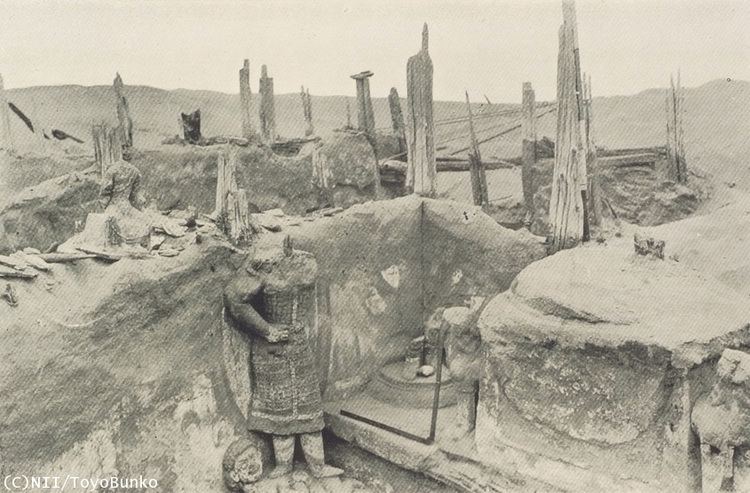
Stein was born to Nathan Stein and Anna Hirschler, a Jewish couple residing in Budapest in the Austro-Hungarian Empire. His parents and his sister retained their Jewish faith but Stein and his brother, Ernst Eduard, were baptised as Lutherans, apparently to free them from the anti-semitism which would have denied them access to education and advancement. At home the family spoke German and Hungarian, the language of Hungarian nationalist revival in the 19th century, and Stein was proud of this heritage for the rest of his life. He attended Catholic and Lutheran gymnasiums in Budapest, where he mastered Greek, Latin, French, and English before going on for advanced study at Universities of Vienna, Leipzig and Tübingen. He graduated in Sanskrit and Persian and received his Ph.D. from Tübingen in 1883.
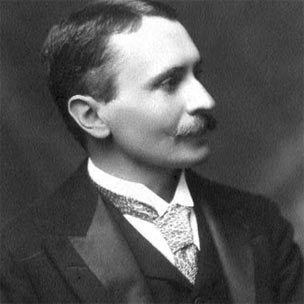
In 1884 he went to England to study oriental languages and archaeology. He became a British citizen in 1904 and made his famous expeditions with British sponsorship. In 1887, Stein went to India, where he joined the Punjab University as Registrar. Later, between 1888 and 1899, he was the Principal of Oriental College, Lahore. Stein was influenced by Sven Hedin's 1898 work Through Asia. Realizing the importance of Central Asian history and archaeology he sent a proposal to the government to explore, map and study the people of Central Asia. In May 1900 he received the approval to lead an expedition to Chinese Turkestan which was strategically located in High Asia where the Russians and Germans were already taking interest.
Expeditions

Stein made four major expeditions to Central Asia—in 1900–1901, 1906–1908, 1913–1916 and 1930. He brought to light the hidden treasure of a great civilization which by then was practically lost to the world. One of his significant finds during his first journey during 1900–1901 was the Taklamakan Desert oasis of Dandan Oilik where he was able to uncover a number of relics. During his third expedition in 1913–1916, he excavated at Khara-Khoto.
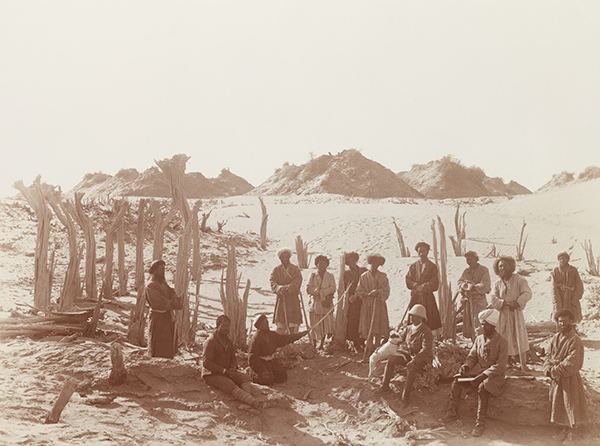
The British Library's Stein collection of Chinese, Tibetan and Tangut manuscripts, Prakrit wooden tablets, and documents in Khotanese, Uyghur, Sogdian and Eastern Turkic is the result of his travels through central Asia during the 1920s and 1930s. Stein discovered manuscripts in the previously lost Tocharian languages of the Tarim Basin at Miran and other oasis towns, and recorded numerous archaeological sites especially in Iran and Balochistan.
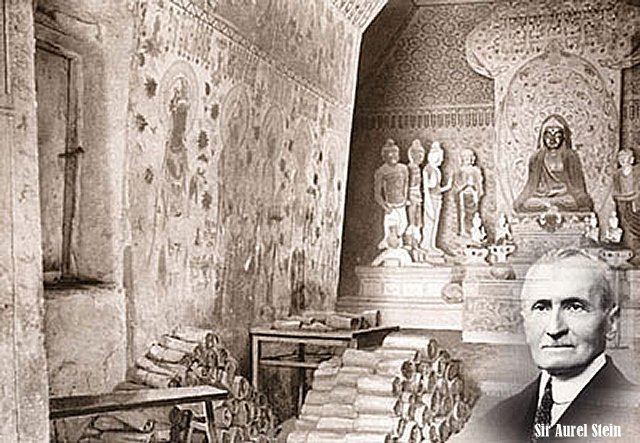
When Stein visited Khotan he was able to render in Persian a portion of the Shahnama after he came across a local reading the Shahnama in Turki.
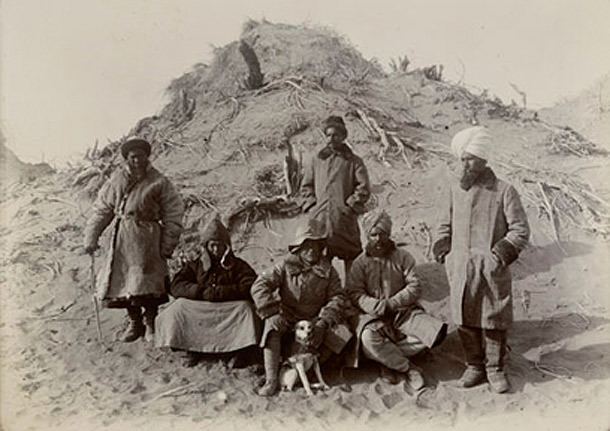
During 1901 Stein was responsible for exposing forgeries of Islam Akhun.
Stein's greatest discovery was made at the Mogao Caves also known as "Caves of the Thousand Buddhas", near Dunhuang in 1907. It was there that he discovered a printed copy of the Diamond Sutra, the world's oldest printed text, dating to AD 868, along with 40,000 other scrolls (all removed by gradually winning the confidence and bribing the Taoist caretaker). He acquired 24 cases of manuscripts and 4 cases of paintings and relics. He was knighted for his efforts, but Chinese nationalists dubbed him a burglar and staged protests against him. His discovery inspired other French, Russian, Japanese, and Chinese treasure hunters and explorers who also took their toll on the collection.
During his expedition of 1906–1908 while surveying in the Kunlun Mountains of western China, Stein suffered frostbite and lost several toes on his right foot.
When he was resting from his extended journeys into Central Asia, he spent most of his time living in a tent in the spectacularly beautiful alpine meadow called Mohanmarg which lies at the mouth atop the Sind Valley where from he translated Rajatarangini from sanskrit to English. Stein was a lifelong bachelor, but was always accompanied by a dog named "Dash" (of which there were seven).
The fourth expedition to Central Asia, however, ended in failure. Stein did not publish any account, but others have written of the frustrations and rivalries between British and American interests in China, between Harvard's Fogg Museum and the British Museum, and finally, between Paul J. Sachs and Langdon Warner, the two Harvard sponsors of the expedition.
Stein died in Kabul on 26 October 1943 and is buried in Kabul's British Cemetery.
Great Game
Stein, as well as his rivals Sven Hedin, Sir Francis Younghusband and Nikolai Przhevalsky, were active players in the British-Russian struggle for influence in Central Asia, the so-called Great Game. Their explorations were supported by the British and Russian Empires as they filled in the remaining "blank spots" on the maps, providing valuable information and creating "spheres of influence" for archaeological exploration as they did for political influence.
The art objects he collected are divided between the British Museum, the British Library, the Srinagar Museum, and the National Museum, New Delhi.
Honours
Stein received a number of honours during his career. In 1909, he was awarded the Founder's Medal by the Royal Geographical Society 'for his extensive explorations in Central Asia, and in particular his archaeological work'. In 1909, he was awarded the first Campbell Memorial Gold Medal by the Royal Asiatic Society of Bombay. He was awarded a number of other Gold Medals: the Gold Medal of the Société de Géographie in 1923; the Grande Médaille d’or of the Royal Asiatic Society of Great Britain and Ireland in 1932; and the Gold Medal of the Society of Antiquaries of London in 1935. In 1934, he was awarded the Huxley Memorial Medal of Royal Anthropological Institute of Great Britain and Ireland.
In the 1910 King's Birthday Honours, he was appointed Companion of the Order of the Indian Empire (CIE) for his service as Inspector-General Of Education and Archaeological Surveyor in the North-West Frontier Province. Two years later, in the 1912 King's Birthday Honours, he was promoted to Knight Commander of the Order of the Indian Empire (KCIE) for his service as Superintendent of the Archaeological Department, North-West Frontier Circle.
He was made an honorary Doctor of Letters (DLitt) by the University of Oxford in 1909. He was made an honorary Doctor of Science (DSc) by the University of Cambridge in 1910. He was made an honorary Doctor of Laws (LLD) by the University of St Andrews in 1939.
In 1919, Stein became a foreign member of the Royal Netherlands Academy of Arts and Sciences. In 1921, he was elected Fellow of the British Academy (FBA).
Publications
A more detailed list of Stein's publications is available in Handbook to the Stein Collections in the UK, pp. 49–61.
